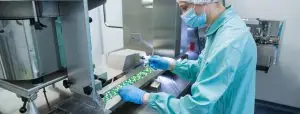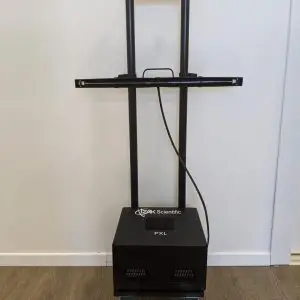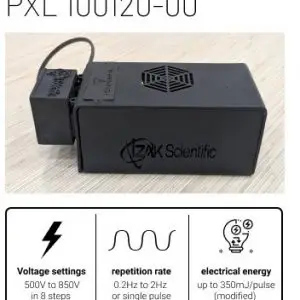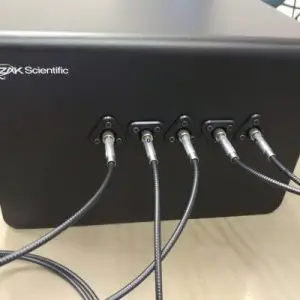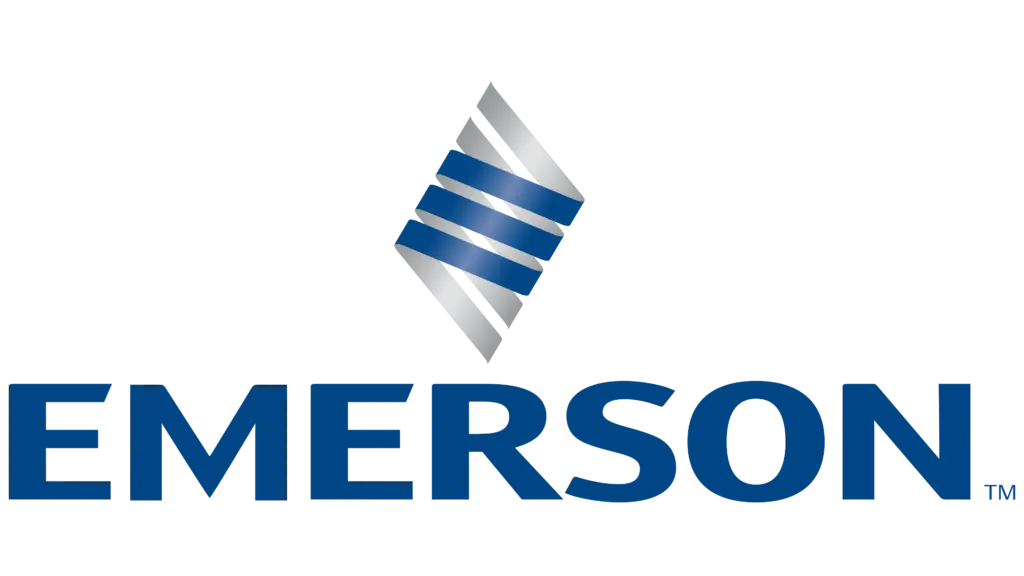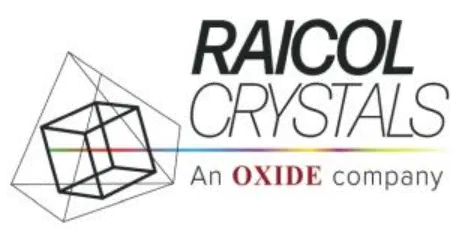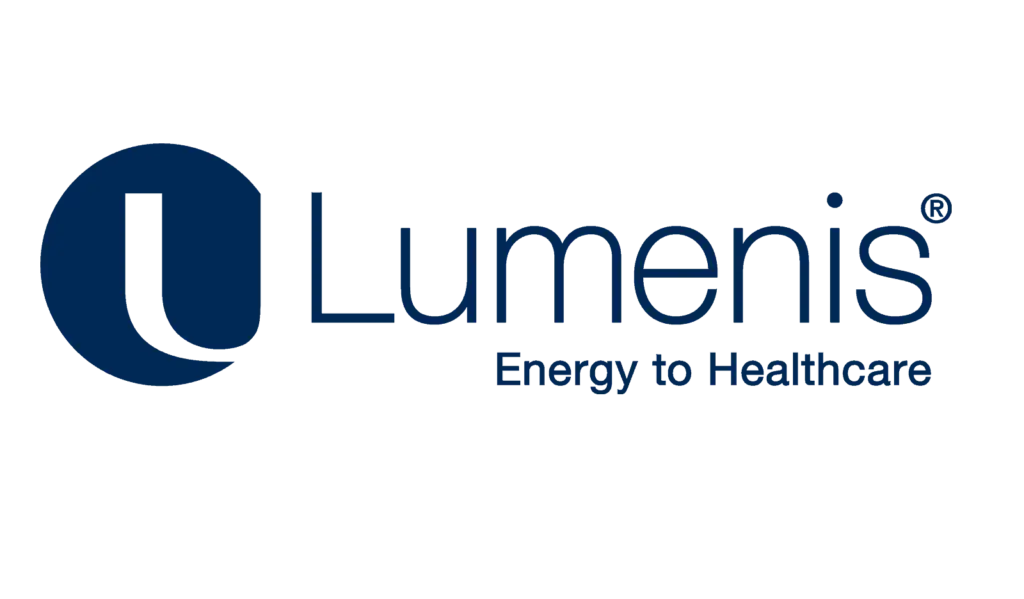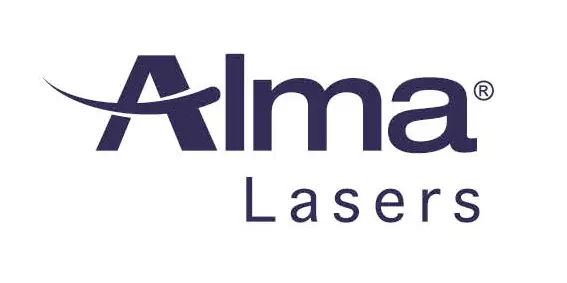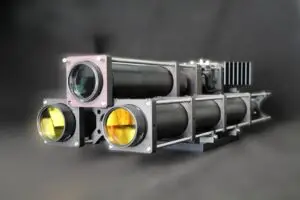Bacterial Contamination Is Found In Pharmaceutical Products
Bacterial contamination control in pharmaceutical products is a major aspect in the drug manufacturing industry because it poses significant risk to patients safety and could even cost their lives.
A 2016 scientific study evaluated bacterial contamination in finished pharmaceutical products and found a variety of Gram positive and Gram negative microorganism contamination. Contaminants were found on empty gelatin capsules, vaginal cream applicators, plastic caps for bottles, liquid medicines and other products[1]. There is an urgent need for pharmaceutical companies to improve their safety of pharmaceutical products in order to deliver safe medication to the customers.
Based on current protocols, a variety of disinfectants are used in pharmaceutical facilities. Pharmaceutical manufacturers use non-oxidizing disinfectants
like alcohols, aldehydes amphoterics, phenolics, quaternary ammonium compounds (QACs) as well as oxidizing disinfectants like peracetic acid and hydrogen peroxide. However, there are some safety concerns- for example, related to certain aldehydes. There are potential issues about their effectiveness, too.
A disinfectant may be more or less effective based on a number of factors, including: the amount of microorganisms found on a surface, the type of microbes (as a general rule Gram positive bacteria are easier to kill than Gram negative bacteria), the degree of surface attachment, contact time, the concentration of disinfectants, temperature, pH and more[2].
Pharmaceutical Facilities Can Use Disinfection With UV Light
Ultraviolet disinfection has a long and well established history of use. Scientists started to research the antimicrobial effects of UV light back in 1877. In 1903, Niels Fensen received a Nobel Prize for using UV disinfection with light to treat tuberculosis. A few years later, the first UV disinfection system for cleaning water was opened in Marseilles, France.
Disinfection with UV light using the UV-C spectrum was researched in many research studies[3]. UV-C showed the ability to inactivate various Gram -positive and Gram negative bacterial including Staphylococcus aureus[4] , E Coli, Salmonella, and even microbes resistant to antibiotics such as methicillin‐resistant Staphylococcus aureus (MRSA), vancomycin‐resistant Enterococcus species (VRE) and Klebsiella pneumoniae ATCC 700721[5]. In addition, laboratory studies found the potential of UVC light to inactivate viruses like Sars-Cov-1 and MERS-CoV[6],[7], which are closely related to the new coronavirus SARS-Cov-2 responsible for COVID-19 infection.
PXL Sanizer: The Novel, Upgraded, Lab Tested UV Disinfection System
While the benefits of UVC technology was tested in research studies, little is known about the UVC devices available on the market. Do they really work?
PXL Santizer was created as an effective and safe UV disinfection system.PXL Santizer can eliminate major hazards that could be delivered to patients through contaminated drugs when used in pharmaceutical facilities. PXL Santizer uses pulsed UV light rather than continuous UV light. That is because pulsed UV light therapy can inactivate microbes more effectively, and in a shorter amount of time when compared with continuous UV light. Furthemore, the efficacy of PXL Sanizer was also tested by a certified analytical microbiology lab. Within seconds, 65 millions of bacteria were eliminated on a surface exposed to PXL Santizer, and only 1000 bacterial cells were left on the treated surface. After 5 minutes of illumination, only 6 bacterial cells remained on that surface. Best of all, it is easy to install and easy to use, relying on battery power or electric connection. This UV disinfection system can be used on various surfaces that need to be disinfected.
Important information: Disinfection with UV light using UVC spectrum like
PXL Santizer should be used on surfaces only, and humans should avoid exposure to UVC rays.
References:
- https://www.sciencedirect.com/science/article/pii/S2314853516300658
- https://www.americanpharmaceuticalreview.com/Featured-Articles/184449-Pharmaceutical-Facility-Sanitization-Best-Practices-Considered/
- https://www.ncbi.nlm.nih.gov/pmc/articles/PMC2789813/
- https://pennstate.pure.elsevier.com/en/publications/inactivation-of-staphylococcus-aureus-by-pulsed-uv-light-steriliz
- https://sfamjournals.onlinelibrary.wiley.com/doi/full/10.1111/j.1365-2672.2009.04545.x
- https://www.ncbi.nlm.nih.gov/pubmed/26818469
- https://www.ncbi.nlm.nih.gov/pubmed/26818469
Tzachi Sabati
CEO, IZAK Scientific
Physicist specializing in photonics and quantum technologies, with deep expertise in quantum sensors and advanced optical systems. Leads the Advanced Quantum Lab course at the Technion, bridging academic excellence with industry innovation. At IZAK Scientific, provides cutting-edge photonics-based solutions, developing customized inspection and sensing systems for R&D and production. Passionate about advancing quantum sensing applications and integrating novel technologies to meet industry needs.

